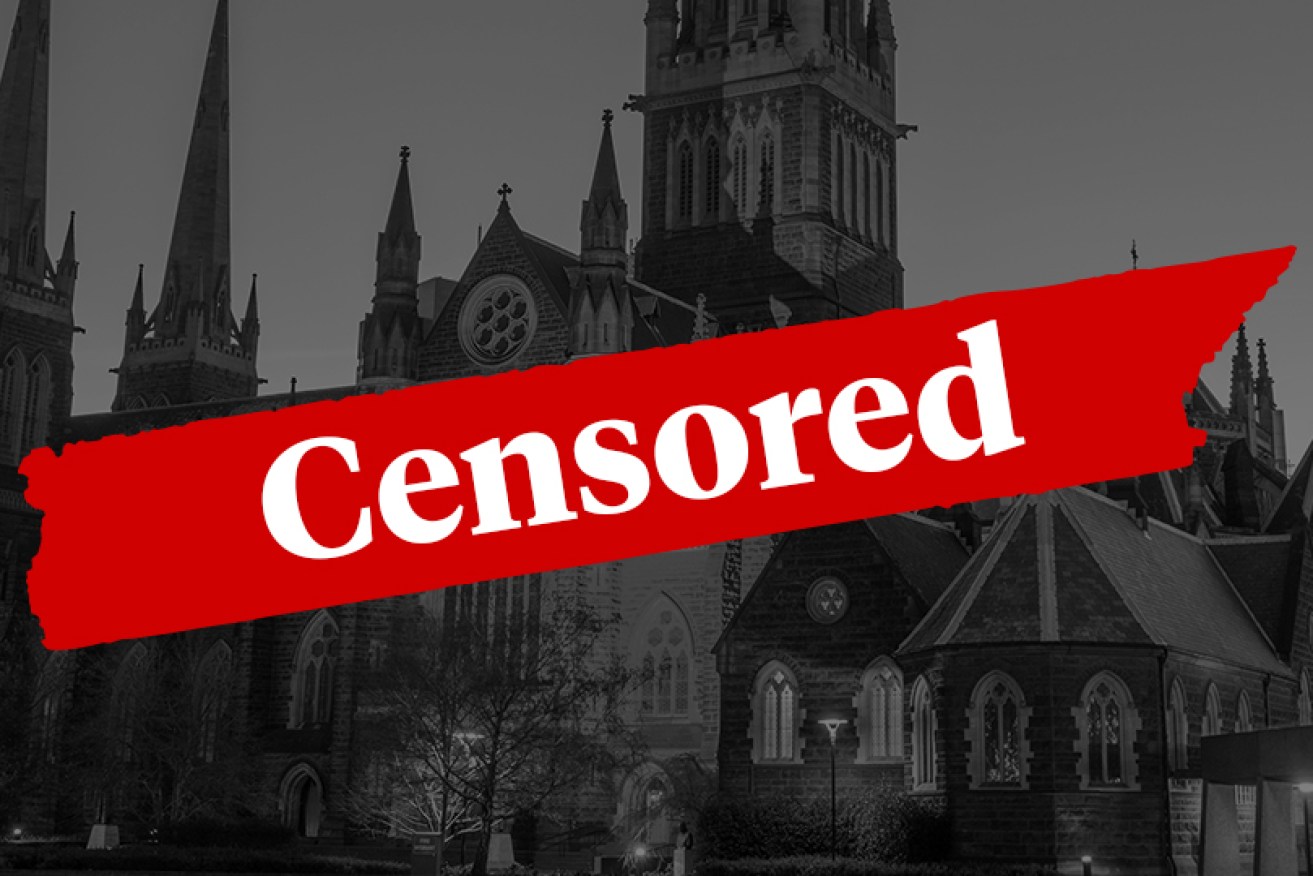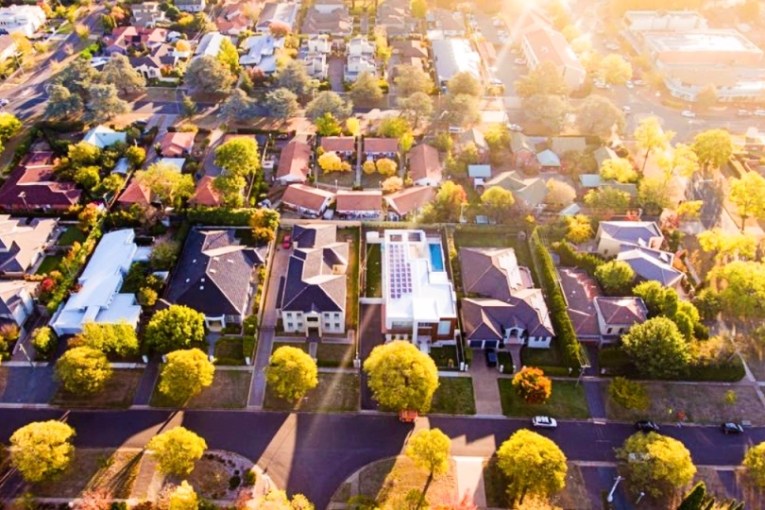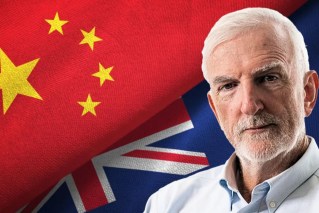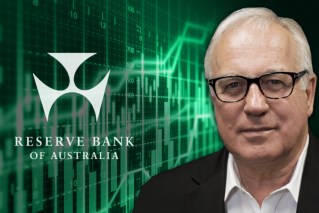Why we couldn’t publish the world’s biggest story


The media’s inability to share the historic guilty verdict against Cardinal George Pell in December was incredibly frustrating for many of us covering the case, but the court restrictions were in place for a good reason.
Another trial regarding allegations of groping boys at a swimming pool in the 1970s was in the offing and it needed an unbiased jury. Mass reporting across Victoria, in particular, could have put the whole case at risk.
As Pell left court after the verdict, however, the pack of court reporters present held the same view: The guilty verdict was soon going to leak on social media and the court order couldn’t prevent it. The news was just too big.
Predictably, as soon as the morning after, overseas outlets began breaking the news of the guilty verdict, with their stories subsequently going viral on social media.
Scene outside County Court of Victoria as huge media pack and advocates wait for #cardinalpell to emerge after media black out was just lifted. The first trial resulted in hung jury in September. A re-trial took place which resulted in guilty verdict 11/12/18. pic.twitter.com/XqHnEtPml2
— Lucie Morris-Marr (@luciemorrismarr) February 26, 2019
A reporter I know from The Daily Beast in New York rang to warn me it was about to run the verdict story on its platform.
“It’s OK though, we’ve geo-blocked Australia,” he said confidently.
“But you can’t geo-block people tweeting it,” I replied, warning him that his story would go viral and cause all sorts of problems for the court and Australian media. It did.
Part of me was envious, of course. Here in Australia we couldn’t report one of the biggest verdicts in history.
The Daily Beast, Radar Online and various blogs all sent the shocking verdict around the world, fuelled by a tsunami of tweets.
Soon more reputable outlets overseas weighed in, including the Washington Post and La Croix in Paris. They took the moral high ground, saying the public deserved the truth, yet they hadn’t invested in sending any of their reporters to the case.
If they had, they would have learnt of the fragile nature of the case and the full reasons behind the media blackout.
The frustration of a core group of about eight of us, from outlets including The New Daily, ABC and The Guardian, who sat through every day of the legal proceedings, was heightened.
We were the ones who had witnessed history unfolding. But we were silenced as we watched others share the story we so wanted to tell.
We were gagged, even though the verdict was in the public domain on many online platforms.
Suppression orders have been criticised as going against the principles of open justice and of free speech.
In December, Victorian Premier Daniel Andrews said his government would fully implement the recommendations of a 2017 independent review into the state’s use of suppression orders, which was delivered by retired judge Frank Vincent.
Justice Vincent found many suppression orders were being easily breached online and through social media. He called on courts to adopt a more practical, “real-world” approach.
Others argue that suppression orders can play a valuable role in preventing mistrials and ensuring that everyone receives a fair trial.
Jeremy Gans, from the University of Melbourne, believes strongly the suppression order on the Pell matter should not have been made.
“It is directed to a single goal – preventing either jury from knowing of the other trial – but there is every reason to think that it cannot succeed at that goal: Knowledge that Pell was facing multiple charges has been known for a year, and knowledge of his two trials is widespread,” Professor Gans said.
“I cannot see how the juries wouldn’t know that. As well, there continues to be a hard-fought debate on whether juries should have such information hidden from them – the evidence law rules and the tactical effects are all controversial.”
The speed and stress of the leaks of the Pell verdict was certainly a toxic situation for the court reporters. We couldn’t publish a word or we’d risk contempt, jail time or a fine.

How international press was able to report on the Pell verdict, versus local outlets. Photo: TND
However, by Thursday morning Australian newspapers began to print hysterical front pages complaining they were “gagged” from telling the public the “nation’s biggest story”.
Chief Judge Peter Kidd and the Office of Public Prosecutions were furious, warning news groups that editors and journalists were risking prosecution by putting pressure on the judge to lift the order and by committing a contempt of court.
But it was already too late to stop the news spreading. It soon became the country’s worst-kept secret. Commuters could be overheard on trains chatting about the verdict.
In early February, the Director of Public Prosecutions wrote to about 50 journalists accusing them of breaching the suppression order. They face action from the court if they cannot successfully defend their behaviour. The New Daily was not among those outlets.
Covering this case – a total of 10 weeks for two trials – and the sensational, earth-shattering verdict without being able to report it has been like working in a journalistic torture chamber.
It was down to Judge Kidd to decide if Australia could be told. But he declared lifting the order would risk fair justice and the running of the next trial.
When the order was finally lifted on Tuesday, it was a huge relief. The secret was finally out.
Truth could finally be shared. But it’s a disturbing truth that will take a long time for this nation and the Catholic community to process.
If this story has caused you distress, help is available. Call Lifeline on 13 11 14 or beyondblue 1300 22 4636









